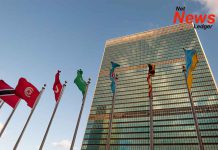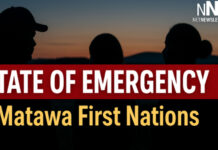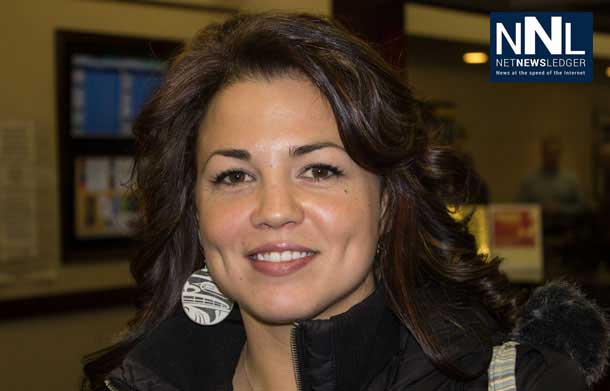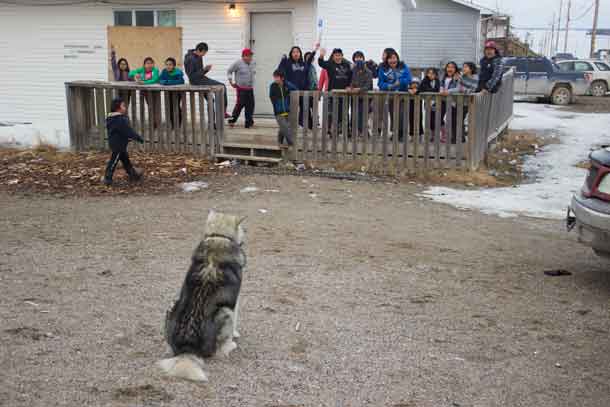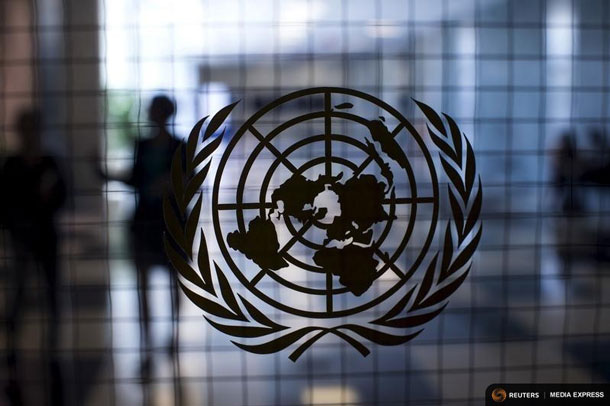

UNITED NATIONS – 9 August 2017 – Ten years after the adoption of the Declaration on the Rights of Indigenous Peoples, progress in several countries has been made in formally recognizing indigenous peoples, but overwhelmingly they continue to face discrimination, marginalization and major challenges in enjoying their basic rights.
“While indigenous peoples have made significant advancements in advocating for their rights in international and regional fora, implementation of the Declaration is impeded by persisting vulnerability and exclusion, and exclusion, particularly among indigenous women, children, youth and persons with disabilities,” said 40 UN system entities and other international organizations in a joint UN statement, issued on the occasion of the International Day of the World’s Indigenous Peoples, marked annually on 9 August.
The Declaration, which was adopted by the UN General Assembly on 13 September 2007, establishes a universal framework of minimum survival standards for the dignity and well-being of the world’s indigenous peoples. It is the most comprehensive international instrument on indigenous peoples’ collective rights, including the rights to self-determination, traditional lands and culture.
Declaration on indigenous rights stands as “beacon of progress”
“The Declaration, which took more than twenty years to negotiate, stands today as a beacon of progress, a framework for reconciliation and a benchmark of rights,” underscored Victoria Tauli-Corpuz, Special Rapporteur on the rights of indigenous peoples, Mariam Wallet Aboubakrine, Chairperson of the UN Permanent Forum on Indigenous Issues, and the Expert Mechanism on the Rights of Indigenous Peoples in a joint statement on the Day.
“But a decade on, we need to acknowledge the vast challenges that remain. In too many cases, indigenous peoples are now facing even greater struggles and rights violations than they did ten years ago,” they added.
Protecting the rights and dignity of indigenous peoples is protecting everyone’s rights UNESCO chief, Irina Bokova
Although some countries have taken constitutional and legislative measures to recognize their rights and identities, exclusion, marginalization and violence continue to be widespread.
With this in mind, Irina Bokova, Director-General of the UN Educational, Scientific and Cultural Organization (UNESCO) said that as custodians and practitioners of unique cultures and relationships with the natural environment, indigenous peoples embody a wide range of linguistic and cultural diversity at the heart of our shared humanity.
“Protecting their rights and dignity is protecting everyone’s rights and respecting humanity’s soul, past and future,” she said, noting that UNESCO’s latest Global Education Monitoring Report provides concrete guidance and policy advice for the advancement of indigenous peoples’ rights. The agency also launched the Local and Indigenous Knowledge Systems (LINKS) programme in 2002 to support governments in creating synergies between scientific and indigenous peoples’ knowledge.
Voice and empowerment of indigenous women “more important than ever”
For its part, the UN labour agency said the international community must also renew its commitment to promote the empowerment and voice of indigenous women, according to a
While commending the tenth anniversary of the Declaration, along with its own Indigenous and Tribal Peoples Convention, 1989 (No. 169) as instruments guiding public policy and empowering “indigenous communities to pursue their own development priorities,” the International Labour Organization’s (ILO) underscored that the situation is far from acceptable.
“Indigenous peoples constitute a disproportionate 15 per cent of the world’s poor whereas they are an estimated five per cent of the world’s population. Indigenous women are commonly the poorest of the poor, discriminated against because they are indigenous and because they are women,” ILO stressed in a statement.
The statement pointed out that their marginalization and social exclusion must be addressed to achieve the Sustainable Development Goals (SDGs) of the UN 2030 Agenda.
“Our combined efforts – governments, employers’ and workers’ organizations, indigenous peoples and their organizations, UN partners and others – can go a long way in ensuring that indigenous peoples are not left behind,” concluded the ILO statement.
Marking the International Day
As Indigenous experts from Canada, Republic of the Congo, Ecuador and Namibia will celebrate the Day at a special event at UN Headquarters in New York, UN offices globally are also holding events and activities, including in Australia, Brazil, Colombia and Mexico.
The UN partnered with Twitter to create a special emoji for the Day, which, with the hashtags #WeAreIndigenous and #IndigenousDay, will be live from 8 August to 15 September as “a new way to engage broader audiences in promoting indigenous peoples’ rights.



